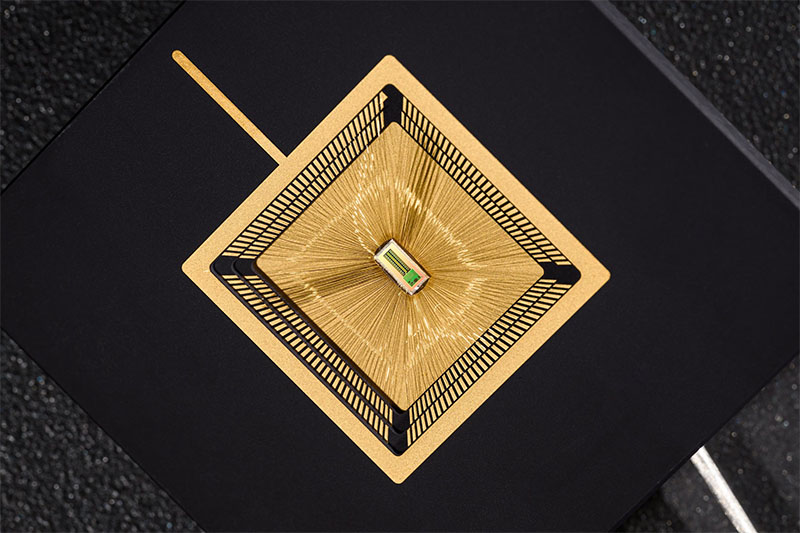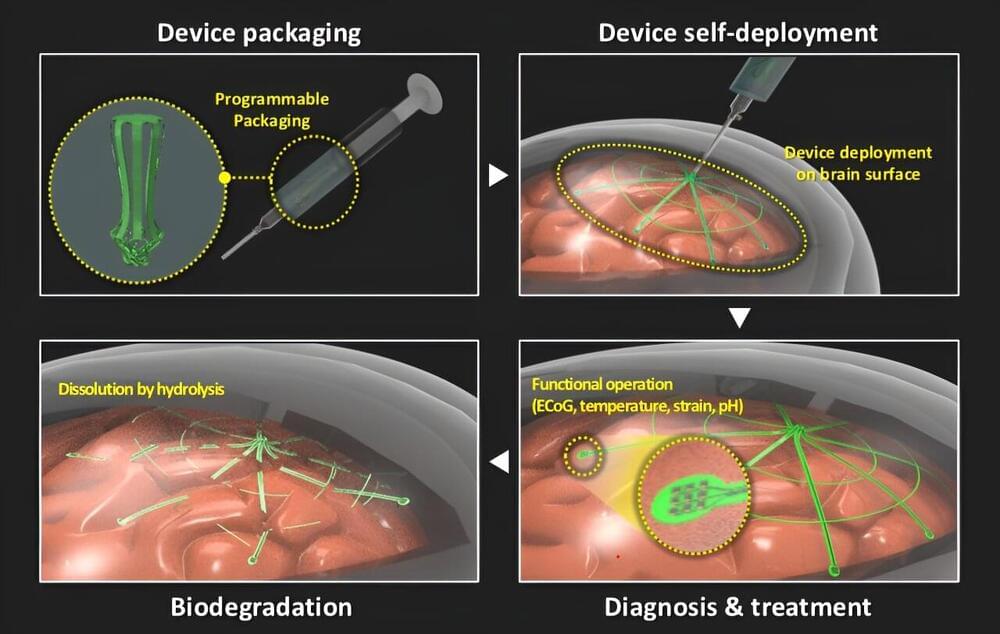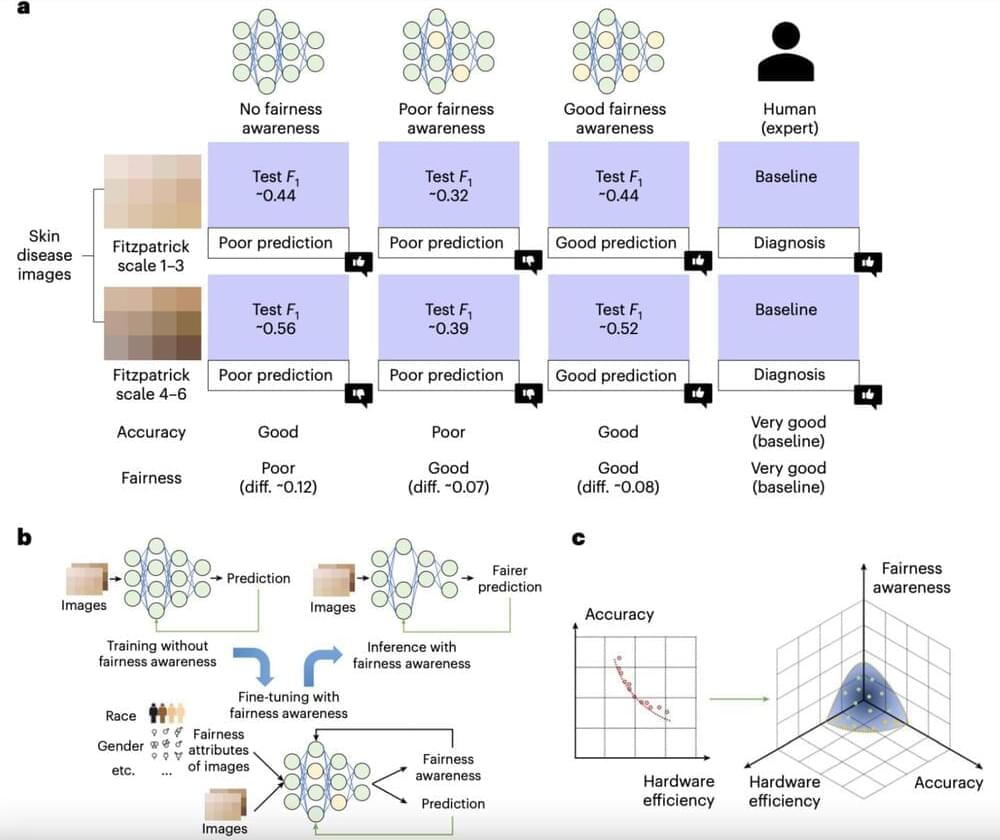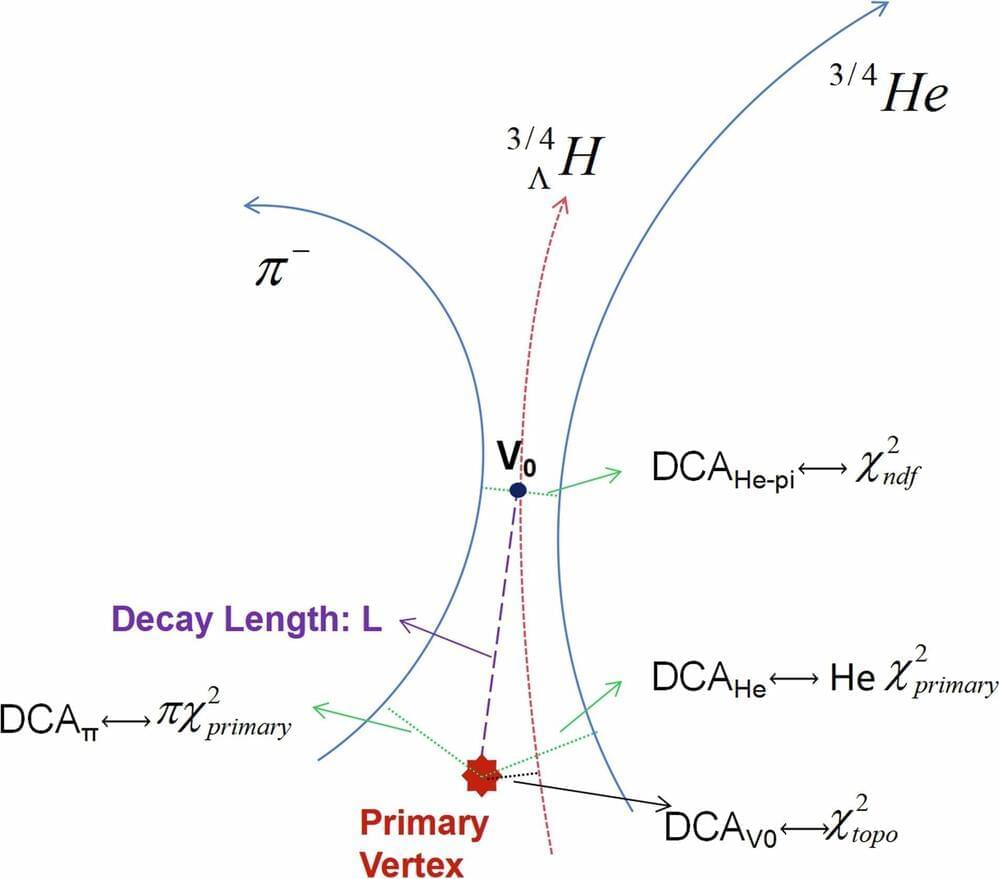Aug 26, 2024
Patch-Wearable Cardioverter-Defibrillator Safe and Effective
Posted by Natalie Chan in categories: biotech/medical, wearables
A novel, water-resistant patch-wearable cardioverter-defibrillator (P-WCD) is safe and effective for patients at risk for sudden cardiac arrest, according to a study published in the Aug. 6 issue of the Journal of the American College of Cardiology.
John Hummel, M.D., from The Ohio State University in Columbus, and colleagues assessed the safety and clinical effectiveness of a novel P-WCD. The analysis included 290 patients at risk for sudden cardiac arrest due to ventricular tachycardia/ventricular fibrillation who were not candidates for or refused an implantable defibrillator.
The researchers found that the clinically significant cutaneous adverse device effect rate was 2.30 percent, with no severe adverse effects. There were no device-related deaths or serious adverse events reported. The inappropriate shock rate was 0.36 per 100 patient-months. Nine patients received 11 shocks, of which nine shocks were adjudicated to be appropriate. Eight of nine appropriate shocks were successful with a single shock. Median wear time compliance was 23.5 hours per day.


 Brain-machine interfaces (BMIs) have emerged as a promising solution for restoring communication and control to individuals with severe motor impairments. Traditionally, these systems have been bulky, power-intensive, and limited in their practical applications. Researchers at EPFL have developed the first high-performance, Miniaturized Brain-Machine Interface (MiBMI), offering an extremely small, low-power, highly accurate, and versatile solution.
Brain-machine interfaces (BMIs) have emerged as a promising solution for restoring communication and control to individuals with severe motor impairments. Traditionally, these systems have been bulky, power-intensive, and limited in their practical applications. Researchers at EPFL have developed the first high-performance, Miniaturized Brain-Machine Interface (MiBMI), offering an extremely small, low-power, highly accurate, and versatile solution.














